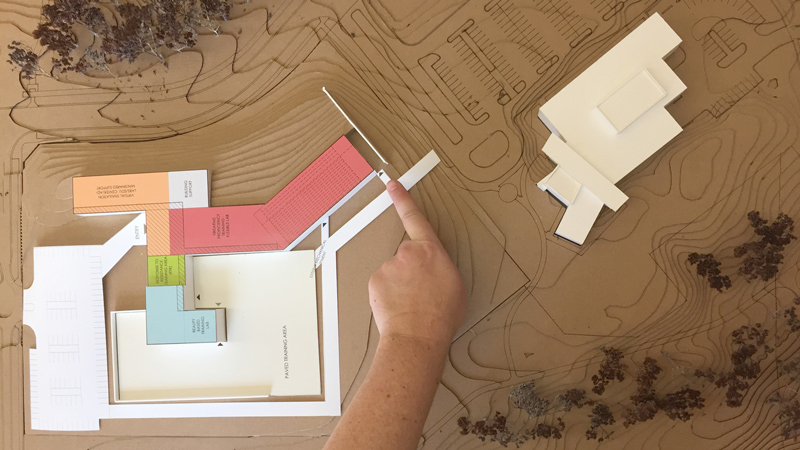Recent Articles
Six tips for getting public projects funded
In Public Management magazine, Cindy McCleary, AIA, shares advice from a career helping cities navigate the funding journey from idea to finished project

Excerpted from the article:
Getting Public Projects Funded
by Cindy McCleary
If it seems like getting funds for public projects is getting harder, it is. The increasing burdens on taxpayer dollars, primarily driven by rising health-care and public-safety costs, make projects that would have been easy to fund five years ago much more difficult.
As an architect, my role often includes coaching local government professionals through the funding process. Asking for money is scary, and because I am involved in public projects, I know how to listen, connect the dots, and build a story about need that justifies and clarifies the role of a new or renovated facility.
Getting funding isn’t an exact science, but it does have certain ingredients: the needs of a community, the goals of decisionmakers, the emotions of advocates, the hot-button topics, and the business plan of the project.
1. Save the eye candy.
Setting up a project for funding success starts early, well before renderings are developed to wow a public audience. It begins in the needs-assessment, master-planning, and pre-design stage, where people can grasp the big challenges and start to build the case for need.
The physical environment affects operations. Documenting failings in the current system helps identify the risks associated with inaction, and therefore strengthens the case for spending on facilities.
On a recent police department job, we studied the workflow of the department’s evidence intake chain of custody to help justify spending to improve it. The evidence-intake area was the same space used for the removal of trash and sometimes, a place to eat lunch.
Although there was protocol in place to avoid contaminating incoming evidence, the architecture of the building was introducing the possibility of human error. In the time it took an officer to clean the space before packaging evidence, that evidence could be contaminated, introducing a huge risk.
We built an argument for funding based on the risk of losing cases due to poor workflow along the chain-of-custody path. By linking space to performance, we helped build the case for need.
Often, someone will ask, “When do we get to design?” by which they mean, “Let’s see some flashy images.” The truth is, before the flash, there needs to be a thorough, defensible case for need.
To read the rest, visit:
 About the author
About the author
Because I am involved in public projects, I know how to listen, connect the dots and build a story about need that justifies and clarifies the role of a new or renovated facility.
